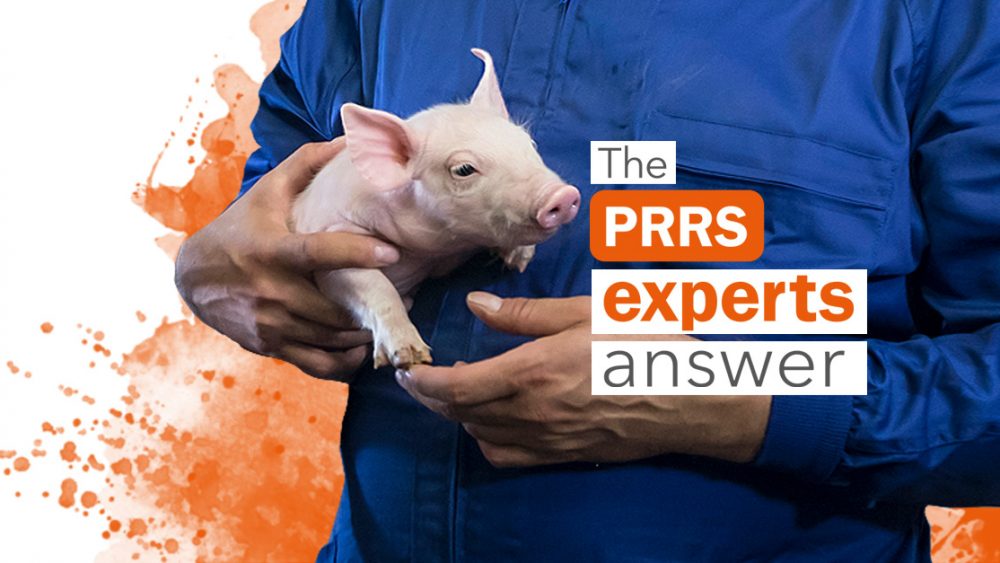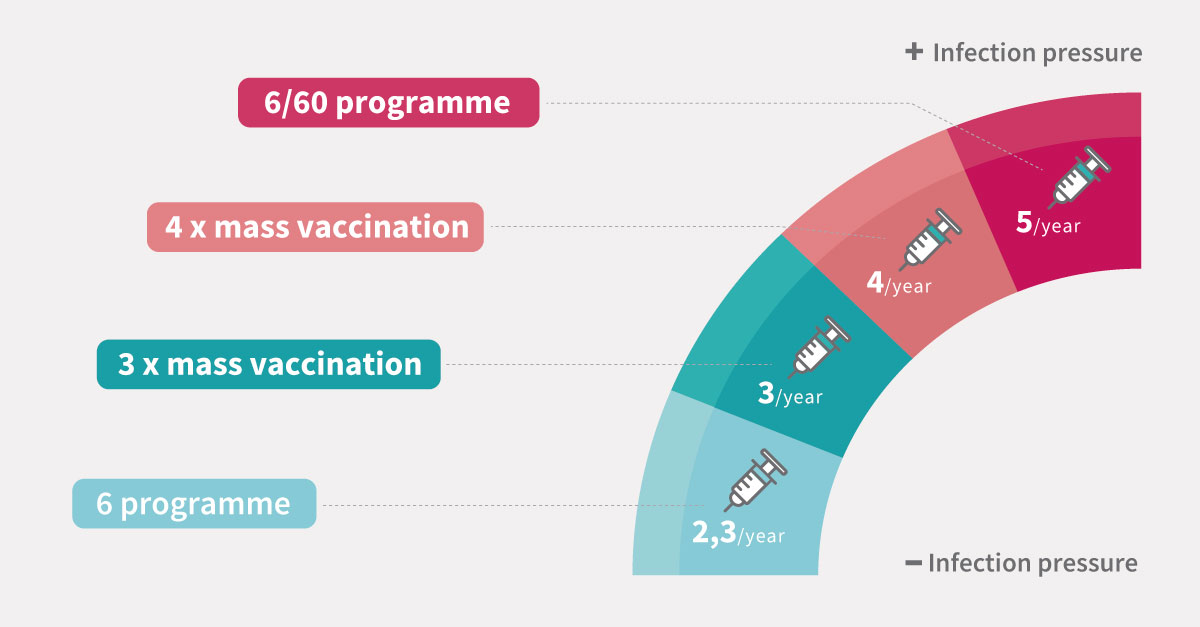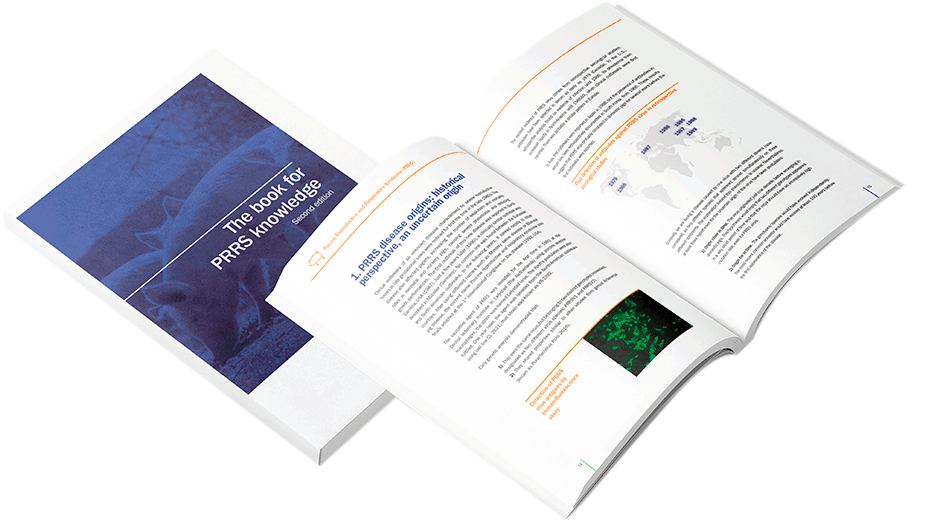When talking about PRRS vaccination, it’s always better to do a blanket vaccination 3 times a year.
The reason of this is directly related to the goals we want to achieve when vaccinating against PRRS.
What’s the aim of PRRS vaccination?
The objectives of every PRRS vaccination protocol are the following:
- to avoid PRRS virus circulation among sows.
- to prevent reproductive failure in sows
- to avoid, as a consequence, the production of viremic pigs.
This is better achieved by vaccinating all animals at once in a routine bases (like 3 times a year).
Doing so, we will avoid the risk of having sub-populations of sows which could have lower immunity status and can give the chance to the PRRS virus to replicate.
We cannot forget that just a small percentage of PRRS positive animals at birth will bring instability in later phases.
Unfortunately, immunity produced by the PRRS vaccine is not so strong to be passed to the piglets and protect them until certain age, as it is happening with other vaccines like Aujeszky or PCV2 vaccines, this is why it is not a priority to vaccinate sows on cycle.
Reduction of PRRS viral shedding through vaccination
Another reason for blanket vaccination is to reduce viral shedding.
MLV for PRRS are able to reduce viral shedding in those animals already infected (check here an article about how a PRRS vaccine can reduce viraemia in piglets).
This reduction of shedding is not very strong, but it will reduce the total shedding time.
Therefore, by vaccinating the whole population of sows in positive PRRS herds will increase the probability to reduce faster virus shedding and therefore to reduce the risk of infection of neighbors herds.
If you want to learn more about PRRS virus transmission visit chapter 5 “How to quantify PRRS virus transmission?” of this site.
You can ask your own question! Visit Pig333.com and submit your question to the experts.

Marcovetgrup S.L. – Spain





